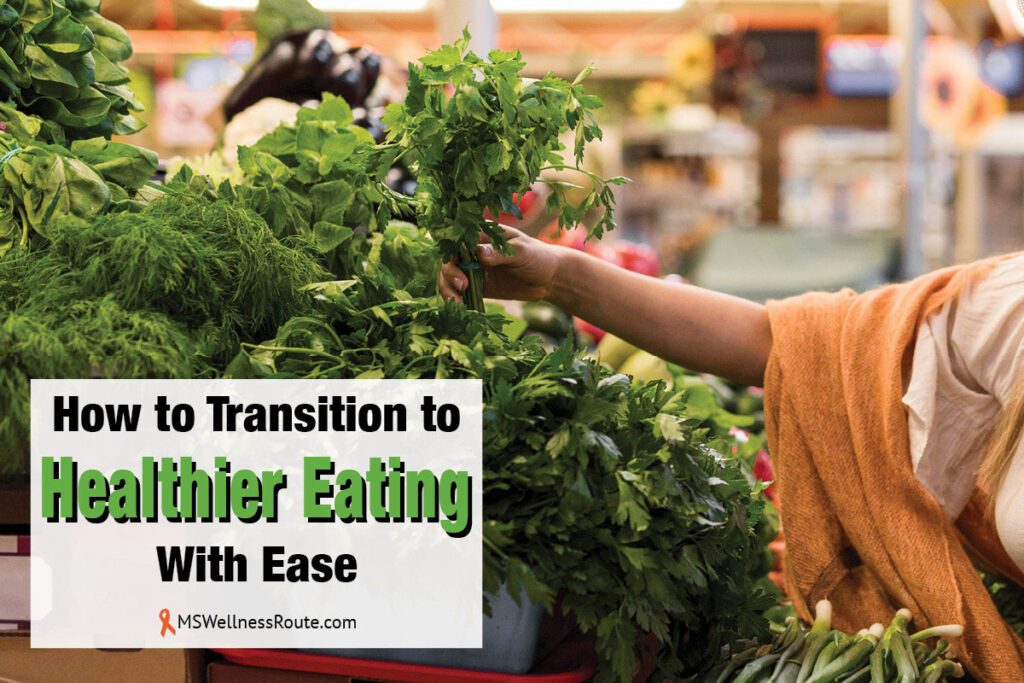
Multiple sclerosis (MS) is caused by chronic inflammation due to environmental toxins. The World Health Organization (WHO) ranks chronic diseases as the greatest threat to human health. Autoimmune diseases including MS are on the rise globally.
Here are some interesting facts about autoimmune diseases:
- A study on 22 million people found 1 in 10 people have an autoimmune disease.
- A person with one autoimmune disease is more likely to develop a second one.
- Women account for around 80% of all cases of autoimmune diseases.
- Three times as many women have MS compared to men.
- Many patients reported symptoms started just after a stressful life event.
- Chronic stress is often a trigger just before a diagnosis.
- People who experienced childhood trauma had an increased risk of developing MS.
- After receiving gender-affirming hormone therapy, trans-gender women have an increased risk for MS.
The X chromosome is sometimes blamed for MS since women have an XX chromosome. But, transgender women have a higher risk and have an XY chromosome. This is possibly due to testosterone-reducing drugs. Studies found testosterone helps form new myelin.
So, what does all of this lead to?
Doctors pushing expensive drugs that aren’t guaranteed they’ll work. Plus, they come with horrible side effects like heart damage, brain disease, and death.
Fortunately, there’s a cheaper and safer alternative.
Eat Food As Your Medicine
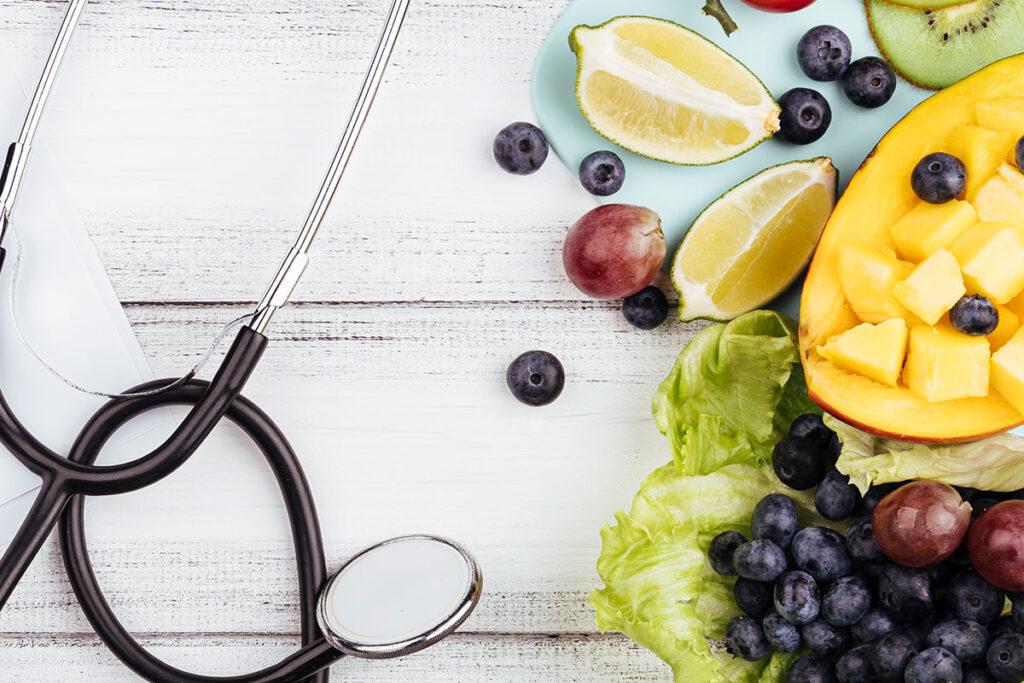
Image by Freepik
We all know that eating a healthy diet protects you from diseases. It can also help reverse MS symptoms. Consuming less sugar, salt, and unhealthy fats is important for a healthy diet.
Common chronic inflammatory diseases:
- Autoimmune diseases
- Cancer
- Cardiovascular disease
- Diabetes
- Fatty liver disease
- Obesity
- Osteoporosis
People could prevent these diseases if they lived a ate and lived a healthy lifestyle. So why is it so hard for people to get started and stick with it?
Below are some tips to help you get started.
Start Slow
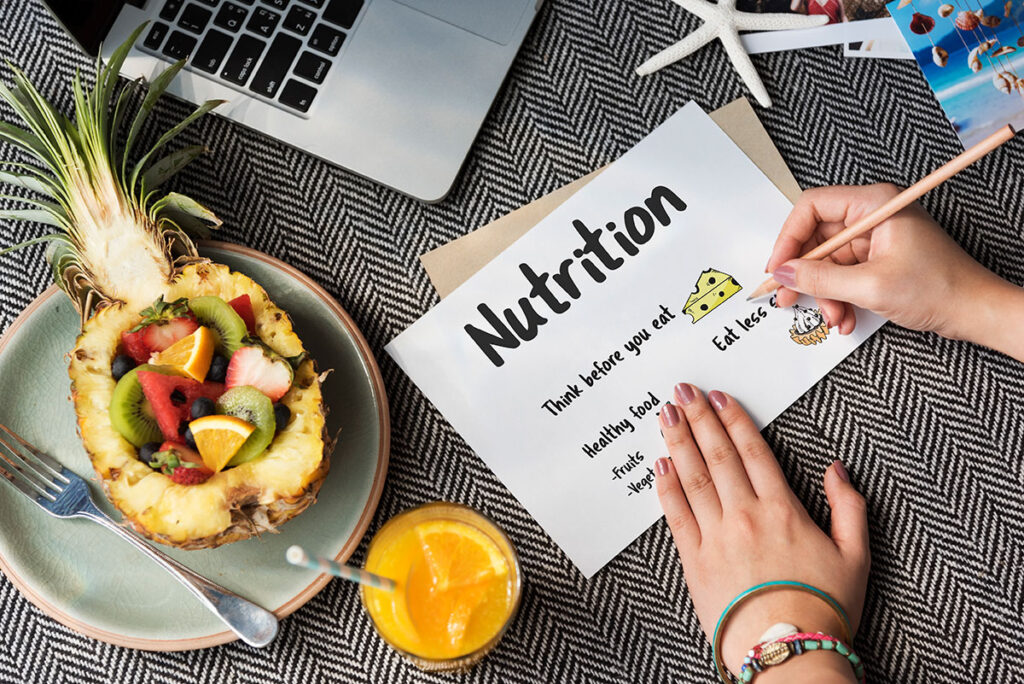
Image by rawpixel.com on Freepik
Transition to healthier eating by gradually replacing processed foods with whole, nutritious options. Start by cleaning out your pantry and refrigerator, and removing items high in added sugars, unhealthy fats, and artificial ingredients. As you restock your kitchen, focus on filling it with fresh fruits, vegetables, healthy proteins, and healthy fats.
Experiment with new recipes and cooking methods to discover delicious ways to enjoy nutrient-rich foods. Remember that small changes add up over time, so celebrate each step forward in your journey towards better health.
When I first started eating a diet for MS I went “cold turkey.” It was one week before Thanksgiving so it was extremely hard and depressing. The only reason I did this was because I was recovering from an MS flare. Instead, I recommend gradually eliminating one food category at a time. This allows your taste buds to adjust.
If you’re addicted to soda, that’s a good place to start. Pay attention to how much you drink then each day reduce the amount you consume. Then move on to dairy or gluten, whichever one is easier to remove. I recommend dairy since studies found dairy causes more flares in people with MS.
Foods to remove include:
- Dairy
- Gluten
- Refined sugar
- Artificial flavors and sweeteners
- Natural flavors
- Corn (it’s mostly a GMO)
- Soy (it’s mostly a GMO)
- MSG (harms the brain and central nervous system)
- Whey (a byproduct of dairy)
- Nutritional yeast (it’s has MSG in it)
- Canola oil (it’s mostly a GMO)
- Pork (it’s high in fat and prone to parasites)
- Farmed fish (it’s washed in toxic chemicals due to parasites)
- Processed citric acid (it’s mostly derived from corn)
- Peanuts (a common allergen)
- Eggs – both the Dr. McDougall Diet and The Wahls Protocol recommend avoiding eggs
The foods below are a little trickier. They are healthy but they are not a powerful cleansing food either. If you experience digestive issues after eating them then you should avoid them. Plus, it takes more effort for your gut to break down beans. If you have lower levels of HCL in your gut this will be a problem.
The same goes for gluten-free grains. They don’t feed the pathogens/viral load but they don’t supply you with nutrients needed to heal. Fruits, vegetables, herbs, and spices are the foods that will heal your body.
It’s best to avoid or rarely eat these foods to help your body heal quicker. You can add these back after your body has healed.
Foods to avoid temporarily:
- Beans
- Chickpeas
- Lentils
- Gluten-free grains like mullet and quinoa
Explore Alternative Options
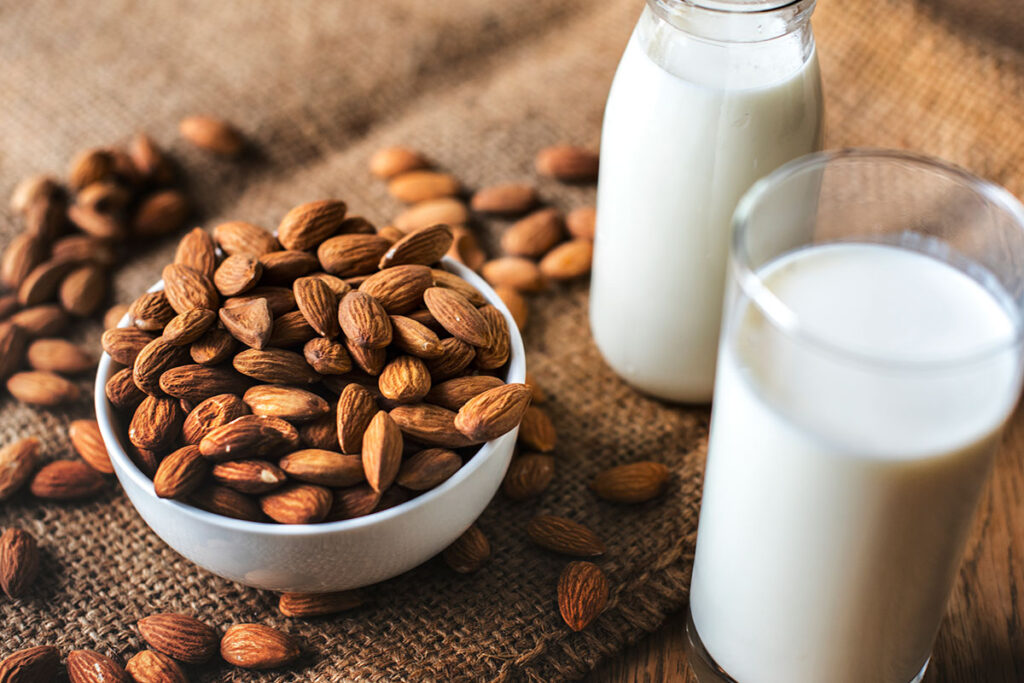
Image by rawpixel.com on Freepik
You don’t have to give up your favorite foods. It’s just a matter of swapping out unhealthy ingredients. If you love drinking milk replace it with coconut or nut-based milk. There are nut milks sold in grocery stores but it’s easy to make at home. Plus, you can experiment with different kinds of nuts such as almonds or cashews.
Here are some other easy food swaps:
- Almond or cashew butter instead of peanut butter
- Cauliflower rice instead of grain rice
- Citrus juice instead of salad dressings
- Coconut cream instead of whipped cream
- Coconut yogurt instead of yogurt made from dairy
- Cucumber or zucchini noodles instead of pasta
- Flavored water instead of soda
- Flaxseed egg instead of eggs
- Fruit, honey, or pure maple syrup instead of sugar
- Fruit spread instead of jam or jelly
- Gluten-free flour instead of all-purpose white flour
- Healthy oils like avocado or olive oil instead of canola oil
- Healthy treats instead of gluten, dairy, and sugar-laden treats
- Homemade condiments instead of store-bought
- Lettuce or nori wraps instead of bread
- Mashed avocado instead of mayonnaise
- Mixed fruit instead of breakfast cereal
- Nice cream instead of ice cream by using frozen bananas
- Nut cheese instead of cheese – yes, it’s possible
- Spaghetti squash instead of spaghetti noodles
- Turkey bacon instead of pork bacon
Explore different ways to cook and prepare vegetables as you transition to healthier eating habits. As you can see, it’s possible to eat a healthy diet without feeling neglected. Here are some recipes you may enjoy:
- Almond Milk
- Cranberry Cookies
- Flaxseed Eggs
- Pancakes
- Wild Blueberry Spread
Choose Whole Foods
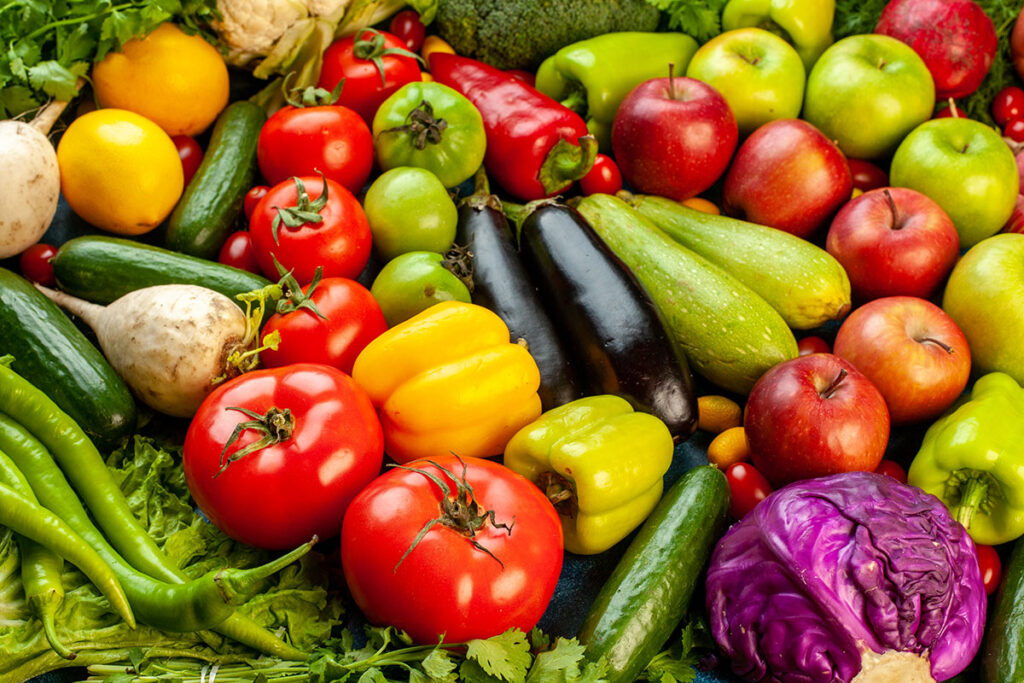
Image by KamranAydinov on Freepik
Focus on eating whole, unprocessed foods. These are the foods that provide essential nutrients for your body to heal. Don’t be afraid to eat fruit, it does not spike your blood sugar. Instead, fruit provides antioxidants, fiber, minerals, phytonutrients, and vitamins.
Eat a wide range of foods to make sure you are getting all the nutrients you need. Blueberries are a powerful brain food. Wild blueberries have twice the antioxidants of cultivated blueberries. Include these into your diet every day.
Foods to include in your diet:
- Fruit
- Vegetables
- Nuts and Seeds
- Healthy oils
- Wild-caught fish
- Pasture-raised poultry
- Grass-fed and finished meats
- Game meats (e.g. deer, duck, rabbit, rattlesnake)
When loading up your plate eat more vegetables than meats. Keep your fats low, this includes healthy fats. And, only enjoy healthy treats occasionally.
Read Labels
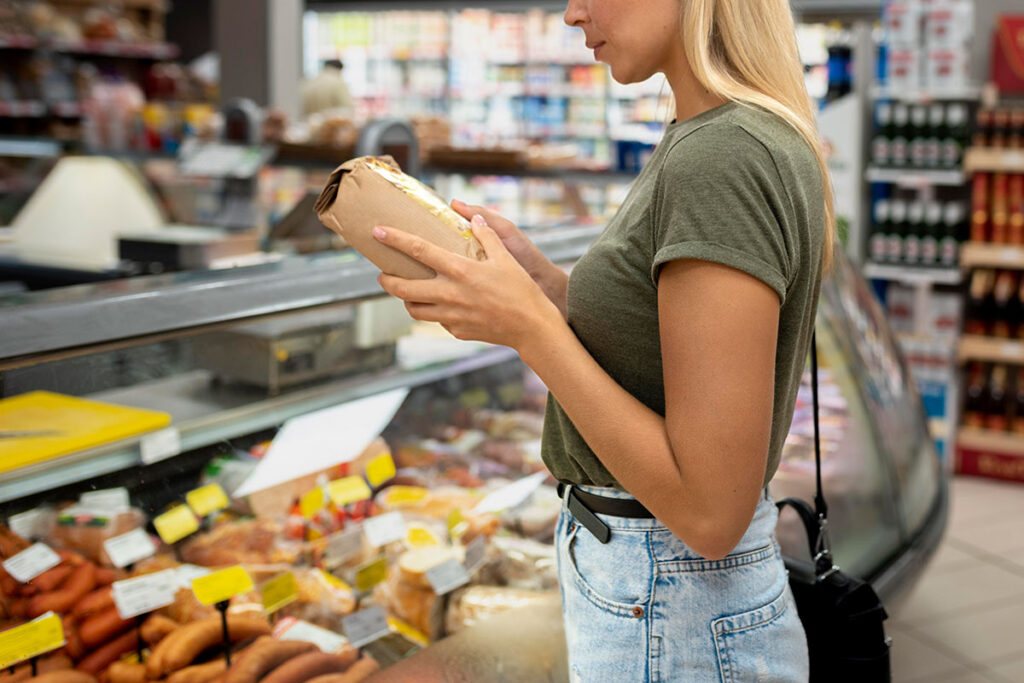
Always read the ingredient labels on packaged food. Sometimes food manufacturers change their ingredients. This happened to me once, a food I could eat changed to where I had to avoid it.
Even if the label includes “organic” it doesn’t mean it’s something you can eat. For example, organic milk or organic bacon. A healthy diet for one person can be completely different for someone else. A good example is a vegan diet compared to a carnivore diet.
Food labels are sneaky to try and get you to buy it. Don’t trust what it says on the front of the package – always read the ingredient list.
Cooking from Scratch
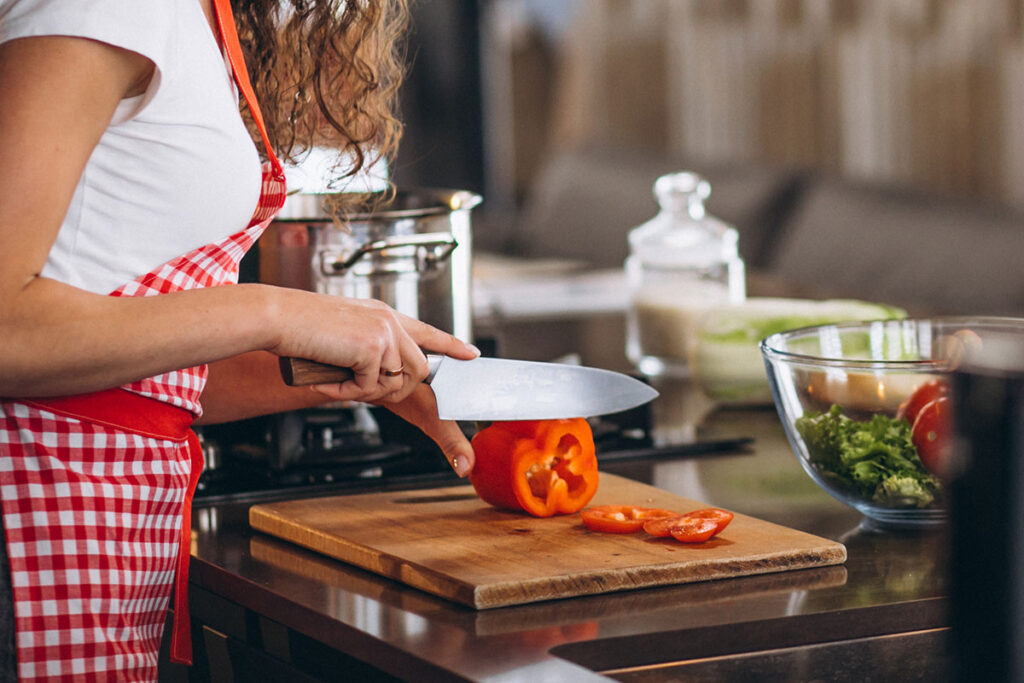
Image by senivpetro on Freepik
Prepare meals at home using fresh ingredients. This gives you better control over what goes into your food. It helps to make a double batch and then save the rest for later. – There will be days you’re too busy or you don’t feel like cooking.
Learn to take shortcuts to save your energy. Many kitchen tools can help you I’ve added ones I use here: Helpful Kitchen Tools.
Helpful shortcuts when cooking at home:
- Buy a big bag of mixed veggies add some seasonings, water, and lemon juice or pineapple juice, and steam it.
- Buy frozen produce such as mangoes and broccoli to save time from peeling and chopping.
- Cook in steps to save your energy. Cashew cheese, for example, makes the cashew milk one day and the “cheese” the next day.
- Double up recipes and save the other half for later.
- If you use a lot of lemon or lime juice, juice more than one fruit at a time. I go through a lot of lemons each day for my family. So, I juice 3-4 lemons at a time and save the rest in a glass jar with a colored lid. A BPA-free yellow lid for lemons and a green lid for limes.
- Instead of spending time chopping and ricing cauliflower buy pre-packaged cauliflower rice.
- Keep your kitchen organized. Organize your kitchen cabinets and drawers. This will save you time from searching for what you need.
- Make no-cook meals such as mixed berry bowls, salads, smoothies, or wraps.
- Take advantage of crockpots, slow cookers, pressure cookers, or the Ninja Foodi. Just throw everything into the pot and let it do the cooking for you.
- Plan your meals ahead of time to avoid falling back into old habits during your transition to healthier eating.
- When chopping vegetables chop the entire item and save the rest for later. If you need a half onion, chop the entire onion and save the rest in an air-tight glass container. This includes herbs like cilantro and parsley.
You don’t need to spend a fortune on kitchen tools all at once. Buy the basics and add on as you find the need.
Flavor Enhancers
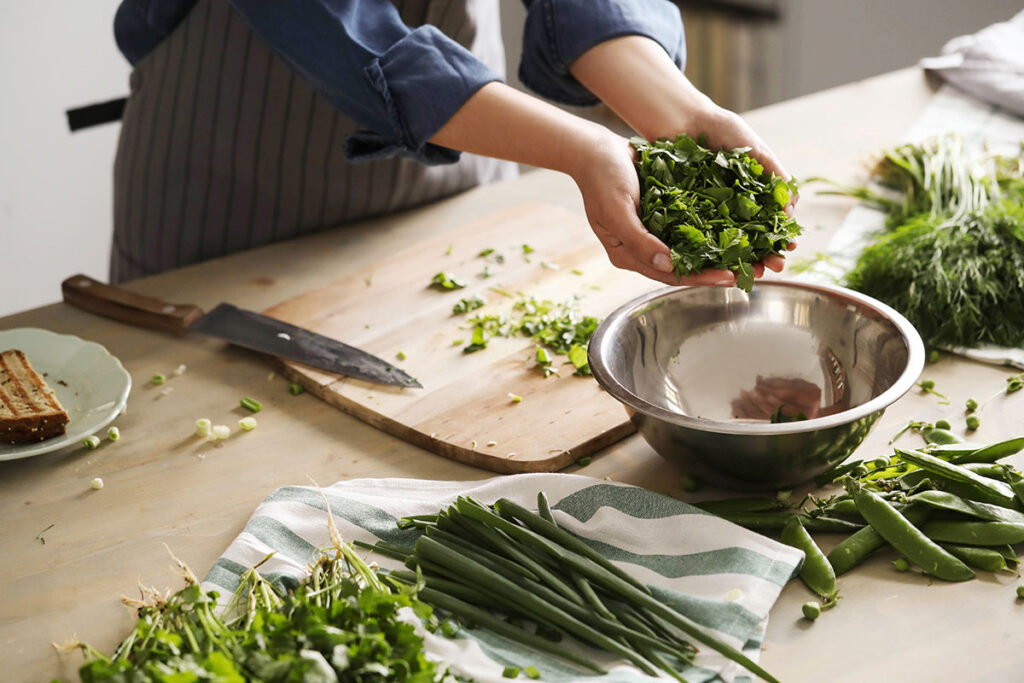
Image by Racool_studio on Freepik
There’s no need to buy processed sauces to add flavor to your meals. Instead, use herbs, spices, and citrus fruits. My favorite salad dressing is freshly squeezed orange juice mixed with raw honey.
Ways to flavor your meals:
- Experiment with different cooking methods such as grilling, roasting, or sautéing
- Fresh fruits and vegetables
- Freshly squeezed lemon and lime juice
- Garlic
- Herbs and spices
- Make your own sauces and dressings
- Natural sweeteners such as dates, fruit, maple syrup, and raw honey
- Toasted nuts and seeds
Experiment with herbs and spices to add flavor to your dishes as you transition to healthier eating. The key is to experiment and have fun. Everyone is different so find the right combination of flavors that appeal to you.
Stay Hydrated
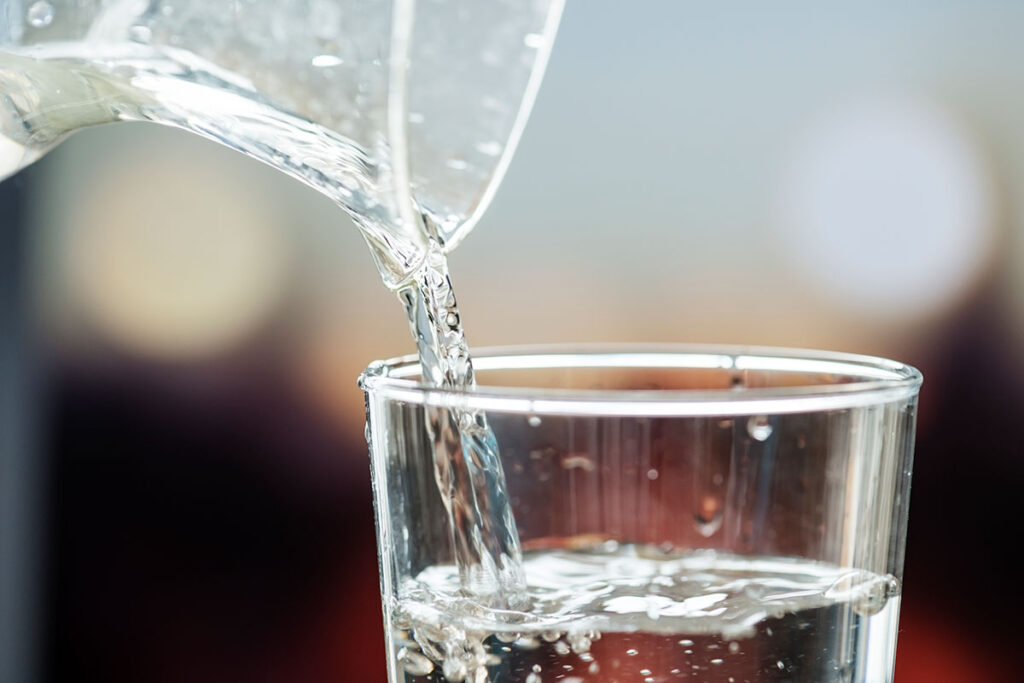
Image by rawpixel.com on Freepik
Drink plenty of water throughout the day to stay hydrated. People with MS tend to not drink enough due to bladder issues. But, staying hydrated is important for many reasons, including:
- Delivering nutrients
- Keeping skin healthy
- Lubricating joints
- Maintaining normal bowel function
- Regulating body temperature
- Removing toxins
- Supporting the digestive system
- Supporting the heart
Transition to Healthier Eating
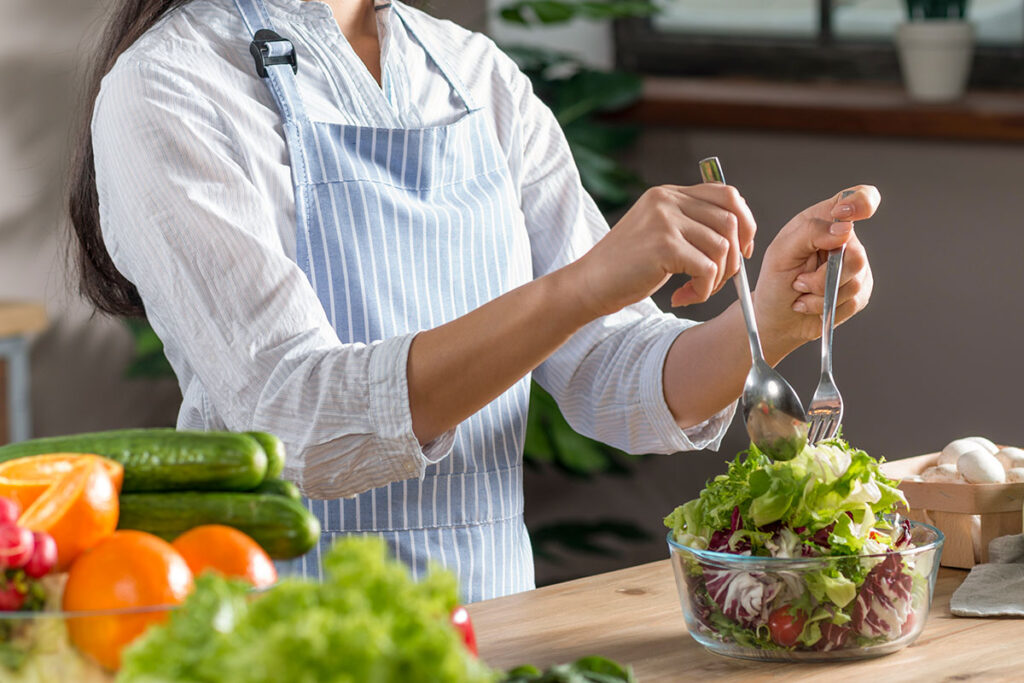
Pay attention to how your body responds to food and make adjustments accordingly. Listen to your body’s signals and honor its needs. There are many diets for MS but not one diet fits everyone’s needs. People respond to food differently so pay attention to what you eat. Just like your MS symptoms are unique so is your digestive system.
Here’s an example of a day’s worth of meals and snacks that align with the foods you’re looking to avoid:
- Breakfast: Smoothie made with almond milk, spinach, banana, and berries
- Mid-Morning Snack: Carrot sticks and cucumber slices
- Lunch: Salad with mixed greens, cherry tomatoes, bell peppers, and cucumber, with lemon juice
- Afternoon Snack: Handful of mixed nuts (such as almonds, walnuts, and cashews)
- Dinner: Stir-fried vegetables (broccoli, bell peppers, snap peas, carrots) in a homemade sauce and served over cauliflower rice.
- Dessert (optional): Fresh fruit salad with berries, kiwi, and mango
Remember to drink plenty of water throughout the day to stay hydrated. Feel free to adjust portion sizes and ingredients based on your tastes.
Do the best you can by eating and living a healthy lifestyle. And, be patient and kind to yourself as you navigate the ups and downs of your transition to healthier eating. Remember, every small step you take towards a healthier diet is a step in the right direction. Stay committed, be patient with yourself, and celebrate your progress along the way!
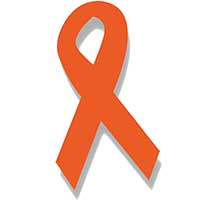
The Ultimate Guide to Surviving & Thriving with MS
Unlock the key to a vibrant life with multiple sclerosis by subscribing to my newsletter and gaining exclusive access to ‘The Ultimate Guide to Surviving & Thriving with MS.’ It’s packed with valuable information on natural management strategies and clean health lifestyle practices that you can start today.
Want to remember this health tip? Pin it to your Pinterest board!
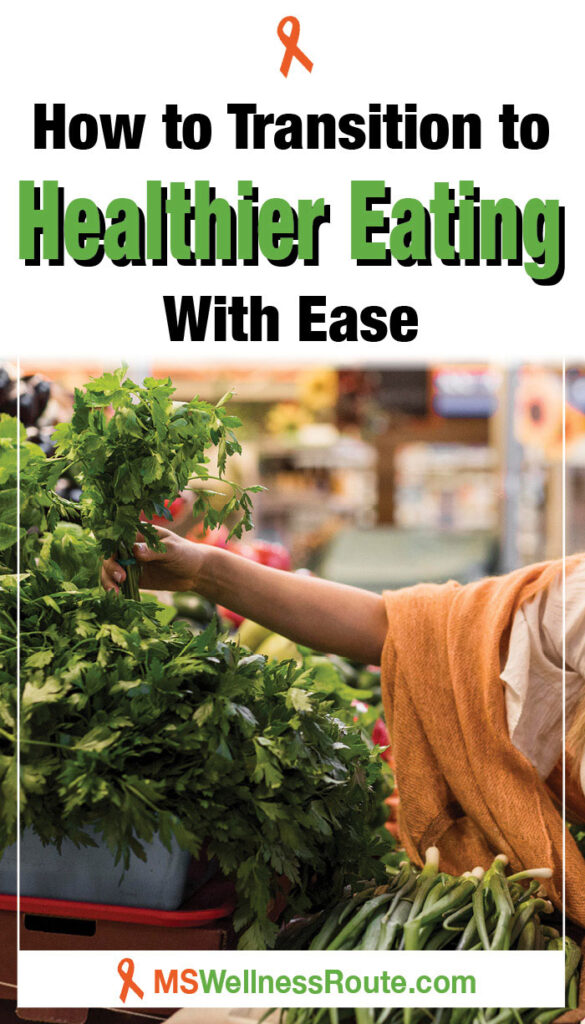
Resources:
https://pubmed.ncbi.nlm.nih.gov/18190880/
https://jnnp.bmj.com/content/93/6/645#
https://pubmed.ncbi.nlm.nih.gov/26857201/
How to Transition to Healthier Eating with Ease





